Fitbit Charge 3 vs Fitbit Charge 4: what is the difference between the older and the newer fitness tracker?
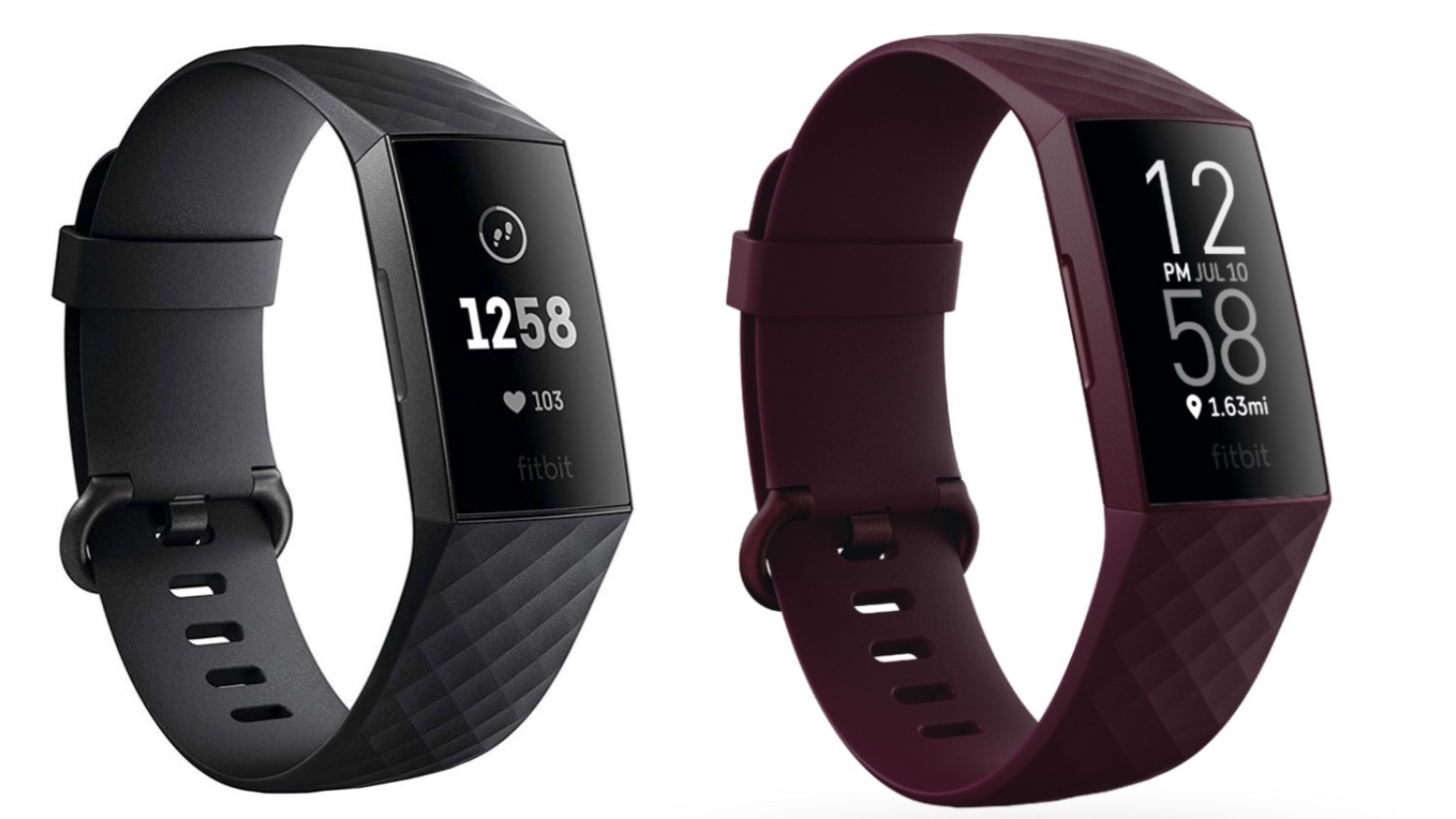
The two models were released 18 months apart, so how do they differ and is the Fitbit Charge 4, the newer version of the device, worth the extra money?
If you’re on the lookout for one of the best fitness trackers for your health and wellness needs, you may well have landed on Fitbitas the brand you want to make your new purchase from. A mainstay in the world of fitness watches, they make some very popular devices. So, it’s a sensible option for anyone looking to snap up a tracker to help them on their fitness journeys. But which one should you pick when it comes to Fitbit Charge 3 vs Fitbit Charge 4?
When Fitbit first brought out the Charge 3, it was an upgrade compared with their previous fitness trackers. Then, 18 months later, they updated it to create the Charge 4. But when a brand releases an updated version of a product, it can be difficult to know whether the (likely more expensive) newer version of the item is worth your money. Or, if the slightly older, original version would be just fine to suit your needs.
In order to work out whether you should buy the Charge 3 or the Charge 4, we’ve rounded up the features of each device. Then we compared the two devices based on price, user experience and overall impression.
Fitbit Charge 3 vs Fitbit Charge 4
Fitbit Charge 3
Key features:
- Available in two different colours
- Promises seven-day battery life
- Charge time is two hours
- Device dimensions are 35.8mm x 22.7mm x 11.8mm
- Water-resistant up to 50m
- Touchscreen – display is greyscale OLED
- Comes with a large and a small wristband
- Is compatible with iPhone 4S or later, Android 4.3 or later and Windows 10
- Smartphone notifications – though quick reply is only available on Android
Design:The Fitbit Charge 3 is a design that most Fitbit fans will recognise. It is made with the longer-length, thinner watch face and the thinner, fitness-tracker-esque band around it. For those who have used a Fitbit before, it is that little bit larger than the Fitbit Inspire. The screen is fully touchscreen, with the button on the side to go back.
Features:The Charge 3 has most of the features you would expect from a fitness tracker to help you stay on track with your fitness routine and track your goals as much as you please. This device has a 24/7 heart-rate-monitoring feature, will give you a cardio fitness score. Plus, it tracks your sleep stages (light, deep and REM sleep) and has in-built exercise modes.
Sign up for the woman&home newsletter
Sign up to our free daily email for the latest royal and entertainment news, interesting opinion, expert advice on styling and beauty trends, and no-nonsense guides to the health and wellness questions you want answered.
For those more into the wellness side of things, there is also a guided breathing feature. Plus, the old reliable fitness tracker feature, tracking your real-time pace and distance (or steps). The Charge 3 also has swim tracking – it’s water-resistant up to 50m – and a female health feature to help you track your cycle. You’ll also receive notifications from your smartphone and on Android you can even deliver “quick replies” while on the move.
User experience:Like most Fitbits, the Charge 3 may be a (slightly) older model, but it’s just as easy to use, navigate and set up. Its screen isn’t as evolved as some of the newer models, but that’s only to be expected. On a budget? This is a great purchase for fitness fans who might be new to tracking their everyday routine and don’t want to spend too much.
Result:A great, easy-to-use fitness tracker with all of the essential features you’d expect.
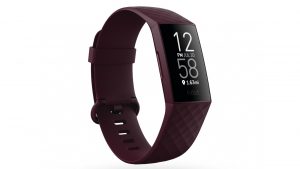
Fitbit Charge 4
Key features:
- Available in four different wrist-strap colours
- Water-resistant up to 50 metres
- Dimensions are 28.8mm x 42.7mm x 12.5mm
- Charge time is two hours
- Promises up to seven days battery life, five with GPS
- Comes with large and small size straps
- Is compatible with Apple and Android devices
- Smartphone notifications including Fitbit Pay
Design:The Charge 4 is not too dissimilar in design to the Charge 3, bar the fact that it is ever so slightly larger. The screen however is slightly more advanced, with lighting that adapts better to different environments more so than the 3. Customers have also noted a more comfortable strap when exercising.
Features:The Fitbit Charge 4 has all of the features you’d expect and more. With 24/7 heart rate monitoring, goal-based exercises, sleep stages and your sleep score, a female health tracker to examine your cycle, reminders to move and guided breathing sessions, there is a lot of what you’d recognise from the Charge 3 on the 4, making it brilliant once again for the fitness conscious.
However, there are also some added upgrades. On the 4, there is built-in GPS, to see a map of your workout in the Fitbit app. It’s a feature that is missing in the Charge 3. And it's one that many – runners and walkers especially – may be keen on utilising. There is also a new feature called Active Zone Minutes. This checks to see which heart rate zone you are in, to assess whether you are working hard enough to reach your goals.
User experience:Just like the 3, the Fitbit Charge 4 is easy to use and navigate. Plus, it provides a really clear picture of your health and fitness, to help you achieve whatever it is you’re after in your sleep, wellness or exercise routine. It is simple to set up and looks good on your wrist, too.
Result:A brilliant device for tracking all of your vital stats and then some. With an elevated price tag that is very reasonable in the world of fitness trackers and watches.
Fitbit Charge 3 vs Fitbit Charge 4: the verdict
Put simply, the Charge 4 really is an upgraded version of the Charge 3. The 4 has a few more features than the 3 – including the GPS and Active Zone Minutes. And, if those extras are important to you, the 4 really could be worth the extra money. Tech fans may also appreciate the superior screen experience on the 4. Plus, the chance to zero in on your health stats in detail, in a way you can’t on the 3.
But we reckon that if you don’t want to spend the extra, the two Charge models really are comparable devices that are almost equal in quality. Both have a long battery life and are water-resistant, have reminders to move, female health tracking, sleep tracking, guided breathing sessions and, of course, fitness tracking, so many of the features are similar.
The two devices are also similar in look and design, so for the style-conscious both would be great options. Overall, it’s up to you and your personal needs and preferences as to whether you want to spend that little bit of extra money on the upgrade or less on the original.
Amy Hunt is an experienced digital journalist specialising in homes, interiors and hobbies. She began her career working as the features assistant at woman&home magazine, before moving over to the digital side of the brand where she eventually became the Lifestyle Editor up until January 2022. Amy won the Digital Journalist of the Year award at the AOP Awards in 2019 for her work on womanandhome.com.
-
 We're in awe of Sienna Miller's easy-going and 'piece-y' hairstyle and how perfect it is for spring
We're in awe of Sienna Miller's easy-going and 'piece-y' hairstyle and how perfect it is for springThis laid-back hairstyle is - quite literally - making waves this season
By Naomi Jamieson
-
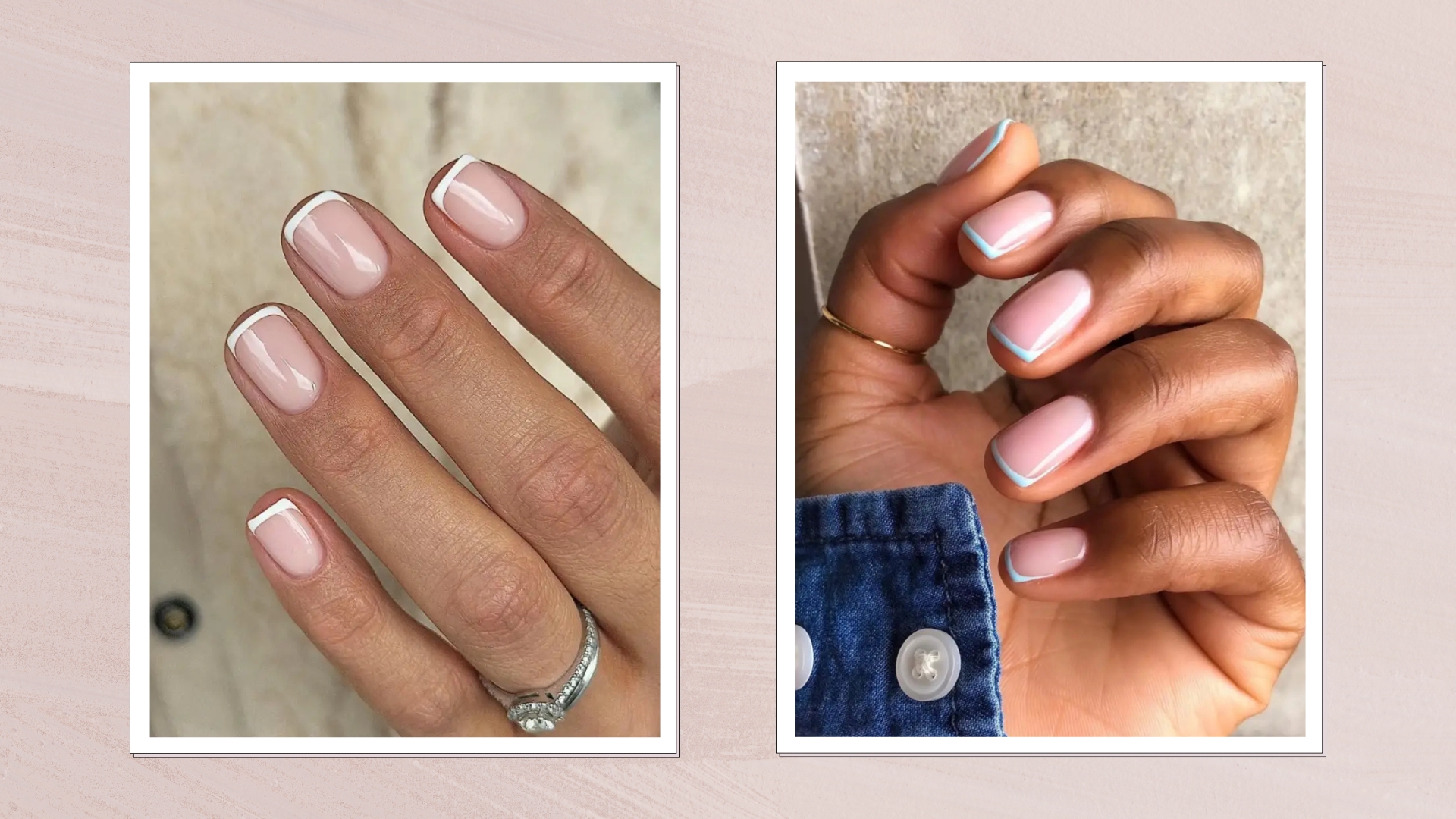 We never thought we'd see this 'dated' manicure make a chic comeback, but here it is - and we're on board
We never thought we'd see this 'dated' manicure make a chic comeback, but here it is - and we're on boardClean and angular, short square French tips are a go-to this season for a practical but stylish manicure...
By Naomi Jamieson
-
 Tips for running your next marathon, whether it's your first race or you're a seasoned marathoner
Tips for running your next marathon, whether it's your first race or you're a seasoned marathonerFrom race fuelling to recovery, these handy tips can get you through your training, from your first run to race day
By Grace Walsh
-
 Easy everyday habits to up your fitness stamina
Easy everyday habits to up your fitness staminaOut of breath and out of shape? Try these fitness hacks to up your game
By Natalie Denton
-
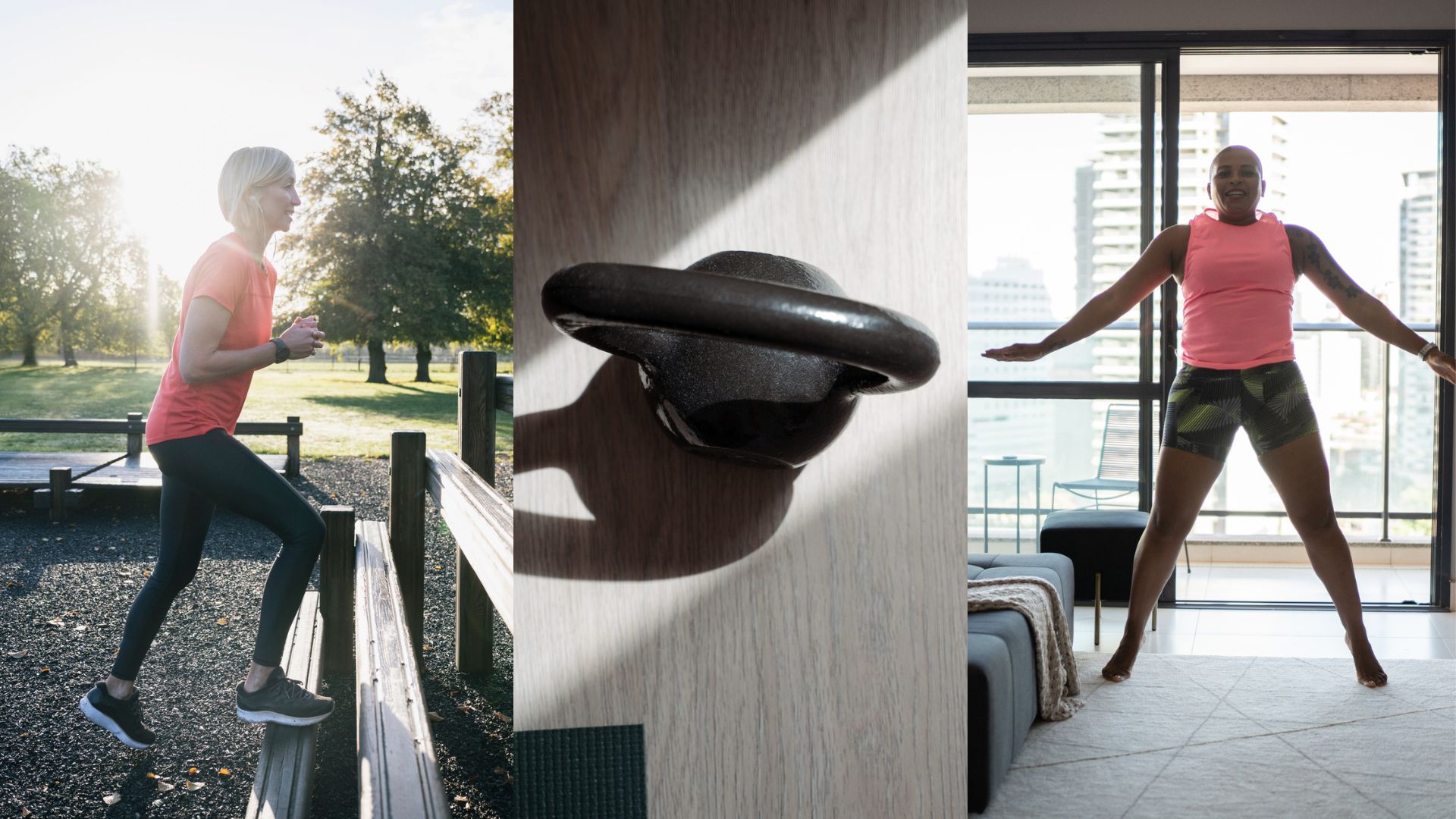 32 exercise snacking ideas to boost your activity at home or the office
32 exercise snacking ideas to boost your activity at home or the officeExercise snacks are small bursts of movement to keep you active throughout the day. Here are some ideas to incorporate into your workout plan
By Grace Walsh
-
 32 essential hiking tips for beginners to get onto the trails or into the mountains
32 essential hiking tips for beginners to get onto the trails or into the mountainsIf you're new to hiking, having a list of need-to-knows can make all the difference and help boost your confidence on the trails
By Grace Walsh
-
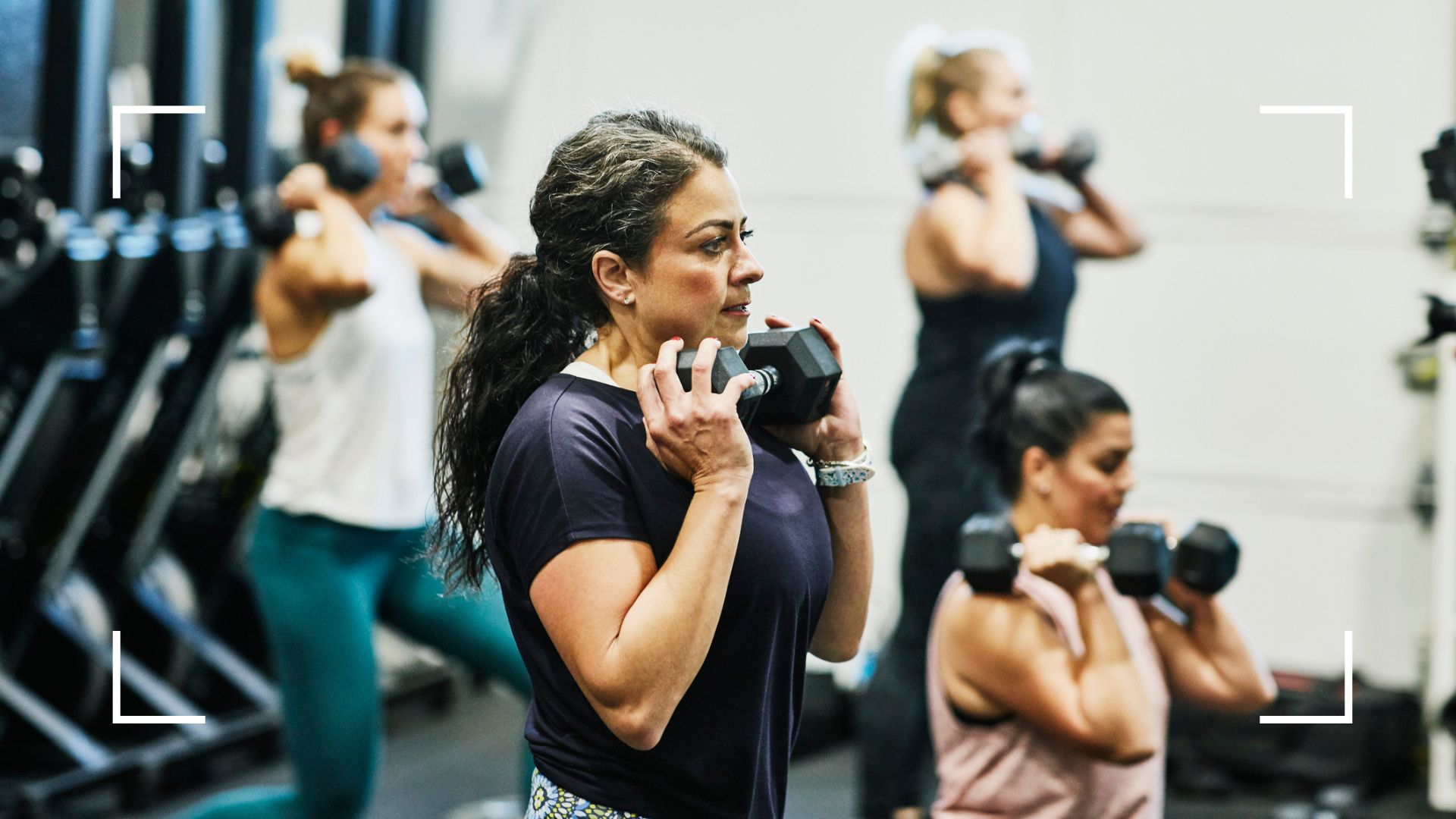 What your metabolic age really says about your health (and how to calculate it)
What your metabolic age really says about your health (and how to calculate it)Knowing your metabolic age can be helpful in ensuring your fitness levels are on track...
By Ali Horsfall
-
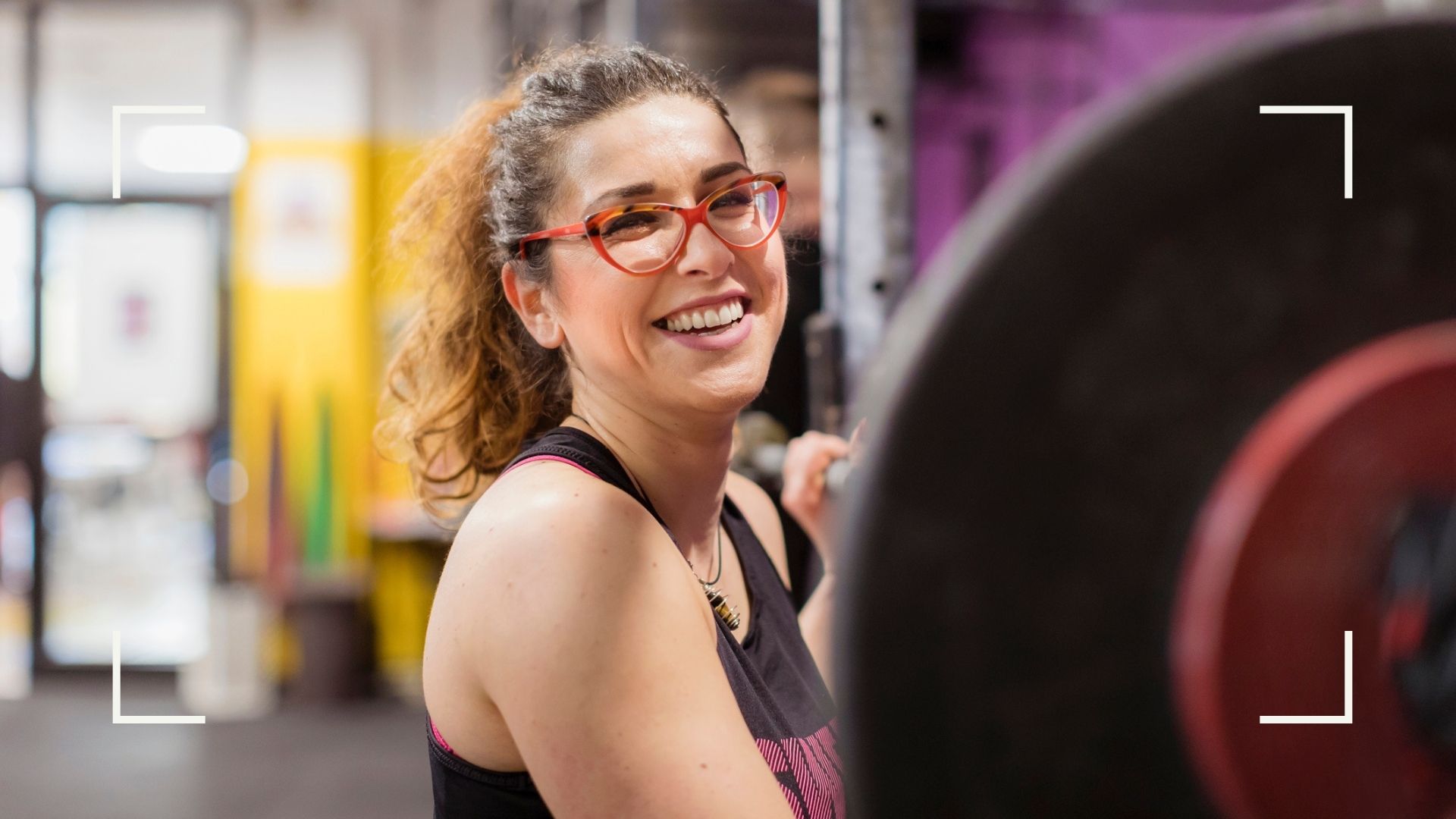 How much exercise per week do I need to do?
How much exercise per week do I need to do?How much exercise per week you need to do depends on a whole variety of factors, from workout routine to sleep schedule
By Grace Walsh
-
 Fitbits vs Apple Watches: what are the differences between the two?
Fitbits vs Apple Watches: what are the differences between the two?By Amy Hunt
-
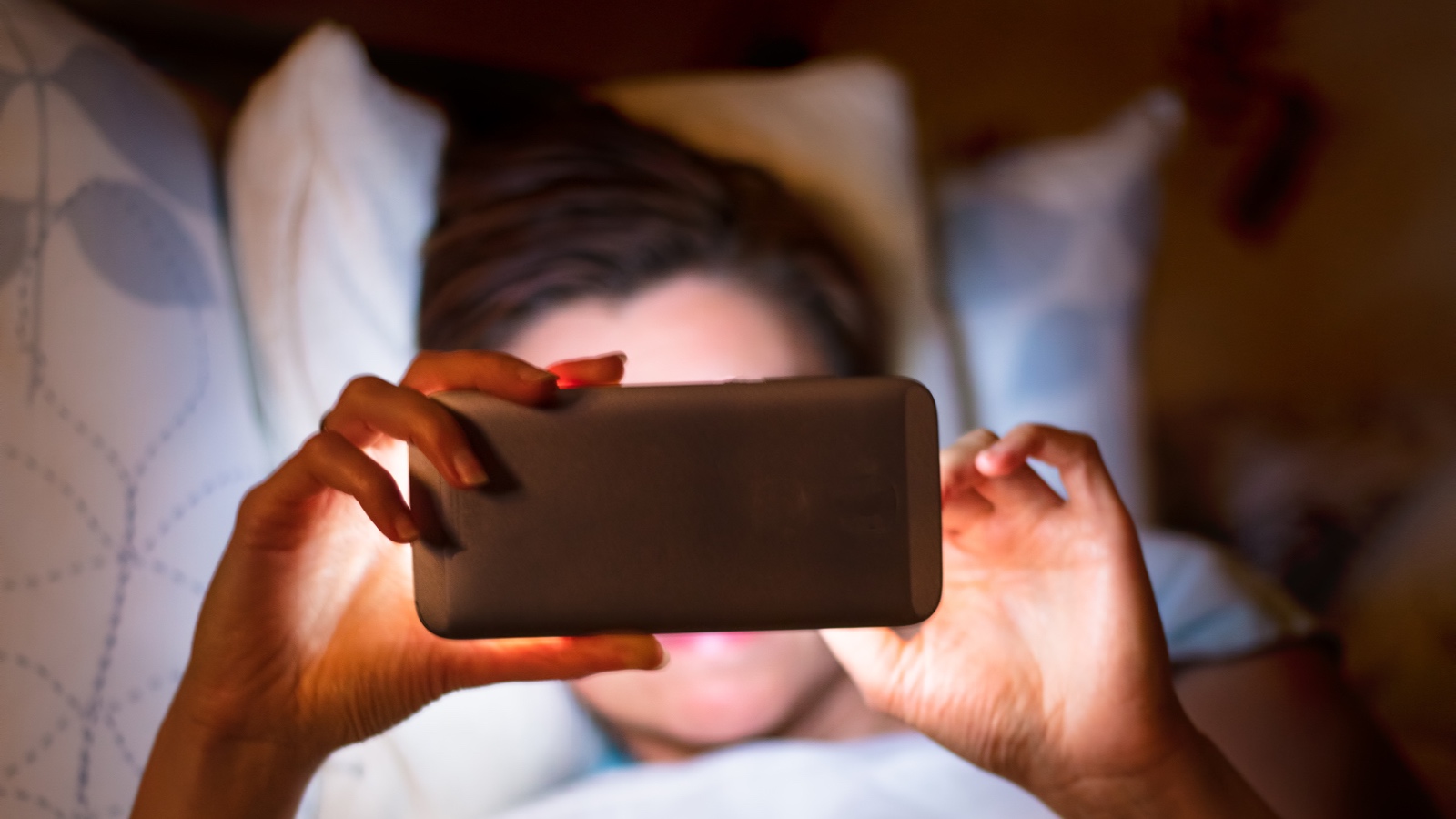 Could you be addicted to your fitness tracker?
Could you be addicted to your fitness tracker?By Ali Horsfall
